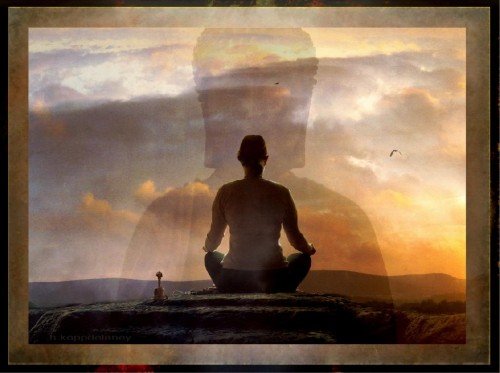You’ve taken the first steps and enrolled yourself (and perhaps your entire family) into talk therapy, counseling, psychotherapy, whatever you would like to call it.
You’ve completed your intake of presenting problems, social timeline and therapeutic goals. Perhaps you’ve even met your therapist and engaged in a session or two of talk therapy.
Everything seems so clear and bright during the session.
Then, life happens.
Well, guess what? Life should happen!
When your extended health care benefits run out after eight sessions and you have learned and engaged during those sessions, but are still feeling as though application to real life situations is far from attainable, it might be time to take a step back.
Begin to challenge some of the thoughts you may be having (apart from the reasons that brought you to counseling),
“Do I deserve to understand myself? Am I worth my time? Why am I really here? What am I getting out of this?”
It is easy to get lost in our own brains, metacognitive awareness and analyzing our analysis.
What’s beyond that?
What if our brain doesn’t give the answers we are seeking? What if our ability to substitute negative thinking patterns with positive thinking patterns is diminished or, if looking into the brain is so overwhelming that we shut down?
To get to know the self fully and holistically not only requires a knowledge and understanding of the brain, but also requires one to listen to the heart and to feel raw feelings that are present—without judgment but with mindfulness.
When was the last time you thought about your true, authentic self?
Who are you apart from your roles in the world?
When you look inside, deep inside, past the doubts and expectations, who is that shining light within your heartspace?
There may not be words to describe this because associated with words is baggage from our own associations and definitions of words. Instead, look inside and see a colour, a shape or a feeling that depicts who you truly are.
Imagine the body as a vessel in which our authentic selves are carried.
Once we begin to think about who we are—to ourselves, without judgment—we can engage in self-love and appreciation.
It is helpful from both a therapeutic and overall life stance to be in a space to have true curiosity and excitement about learning who we are and using that as the foundation to build self-love and compassion.
Without this as our foundation, why would anyone want (or be able) to engage in a therapeutic process about thinking patterns?
We need to believe we deserve to engage in therapeutic work. A place of love and acceptance is where we can begin.
At this point, the journey of mindfulness can begin as we learn to let go of the past and future in order to focus on the present.
Within this moment, we can begin to find joy with even the small things in life, such as feeling the crisp air in our lungs in the morning.
In the present, we can appreciate, express and learn about who we are and from this place we begin to benefit from therapeutic interventions.
Noticing the body, breath and mind in the moment can begin to alleviate stress and anxiety associated with living in another realm other than the present.
It also frees up the mind to notice what is happening in the brain—without judgement—enabling capacity for counseling to take place, while utilizing skills and strategies learned during times when life happens.
Let it happen! Relish in it!
Here are two quick and easy ways to practice mindfulness:
1. Breathing
Pay attention to your breath.
Notice the length; use your breath for relaxation.
Even three slow, deep breaths in and out through the nose can help lower blood pressure and heart rate and clear the mind.
2. Focus on the Senses
Focus on what you are seeing, hearing, tasting, smelling and feeling in the moment. For example, the feel of the keys on your keyboard or the way your right shoe fits slightly more snug than your left.
Love elephant and want to go steady?
Sign up for our (curated) daily and weekly newsletters!
Author: Alisha Stubbs
Apprentice Editor: Brandie Smith/Editor: Travis May
Photo: Hartwig HKD, Flickr









Read 4 comments and reply